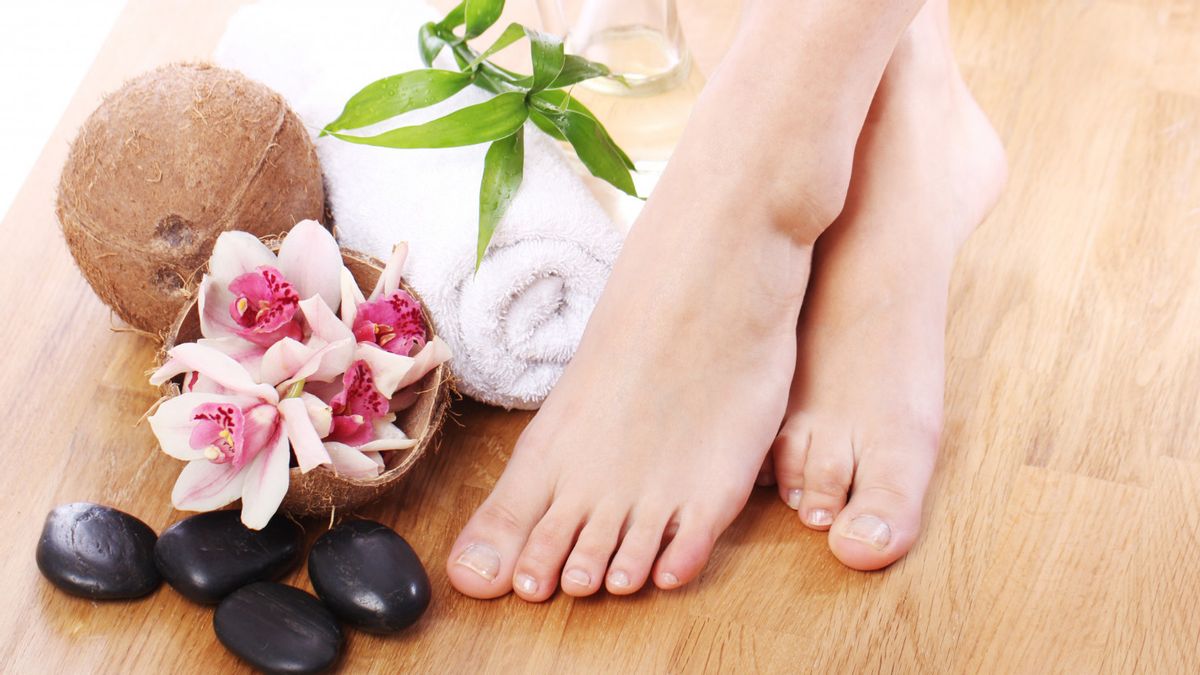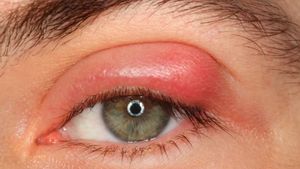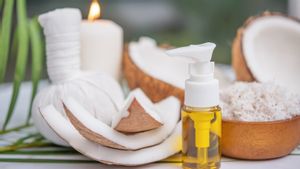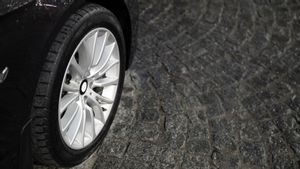YOGYAKARTA Foot soles are cracked due to dry skin. It could be due to hot weather, or because it requires more care. However, there is a fairly simple maintenance and uses natural ingredients. Namely caring for the soles of the feet cracked with pumice. Why are buoys and how to treat the soles of the feet? Here's the full explanation.
According to a leg disease expert and human movement specialist, Emily Splichal, DPM., floating stone is an exfoliation tool commonly used for dry skin and in-leg ships. Floating rocks, made from natural porous lava, are suitable for removing the layer of dead skin.
Floating rocks are very light and rough when touched. The texture is ideal for skin peeling, added leg disease expert based in NYC, Casey Ann Pidich, DPM. reported by Well+Good, Friday, June 21. According to experts, floating stones can help remove excess skin, cracked heels, or ships on the soles of the feet.
While this tool is useful for overcoming the buildup of excess skin, experts warn that if you experience very deep cracks in the heel or bleeding, visit leg disease experts to get the right diagnosis.
It is also important to note that when using a floating stone, avoid areas where there may be fungal infections or plantar warts, because they can contaminate rocks and cause more problems than you might expect.
Doctor Pidich gave advice, when using floating stones for exfoliation, it must be wetted first. This helps reduce friction. The reason is, dry stones can be very abrasive so hard on the skin. Well, for those who have sensitive skin, avoid wearing exfoliation. Especially wearing a floating stone to remove dead skin cells on the soles of your feet.
Caring for the soles of the feet, it can start by soaking the feet with warm water and soap for 10-15 minutes. This first step aims to soften the skin, suggested the certified dermatology of Marisa Garshik, MD., FAAD. Next, wet the floating stone and gently rub it throughout the shipping foot sole area.
Experts agree that the best way to use a floating stone is to move around or back and forth. Provide moderate pressure to remove dead skin cells. But don't be too pressing because it can cause the skin to be scratched or injured.
SEE ALSO:
Caring for the soles of the feet using floating stones is mostly done twice a week. This frequency helps prevent excessive skin peeling and allows the skin to recover properly every time it performs treatment. If it is too frequent, it can cause irritation, redness, and skin damage. For diabetics, poor blood circulation, or pregnant, it is important to consult an expert first. It is also important to store and clean floating stones properly. Avoid placing floating stones in a container that is not sterile.
After wearing a floating stone to treat the soles of the feet, rinse the feet thoroughly. Then apply moisturizer or foot cream. You can also apply foot butter or a refreshing foot mask.
The English, Chinese, Japanese, Arabic, and French versions are automatically generated by the AI. So there may still be inaccuracies in translating, please always see Indonesian as our main language. (system supported by DigitalSiber.id)

















